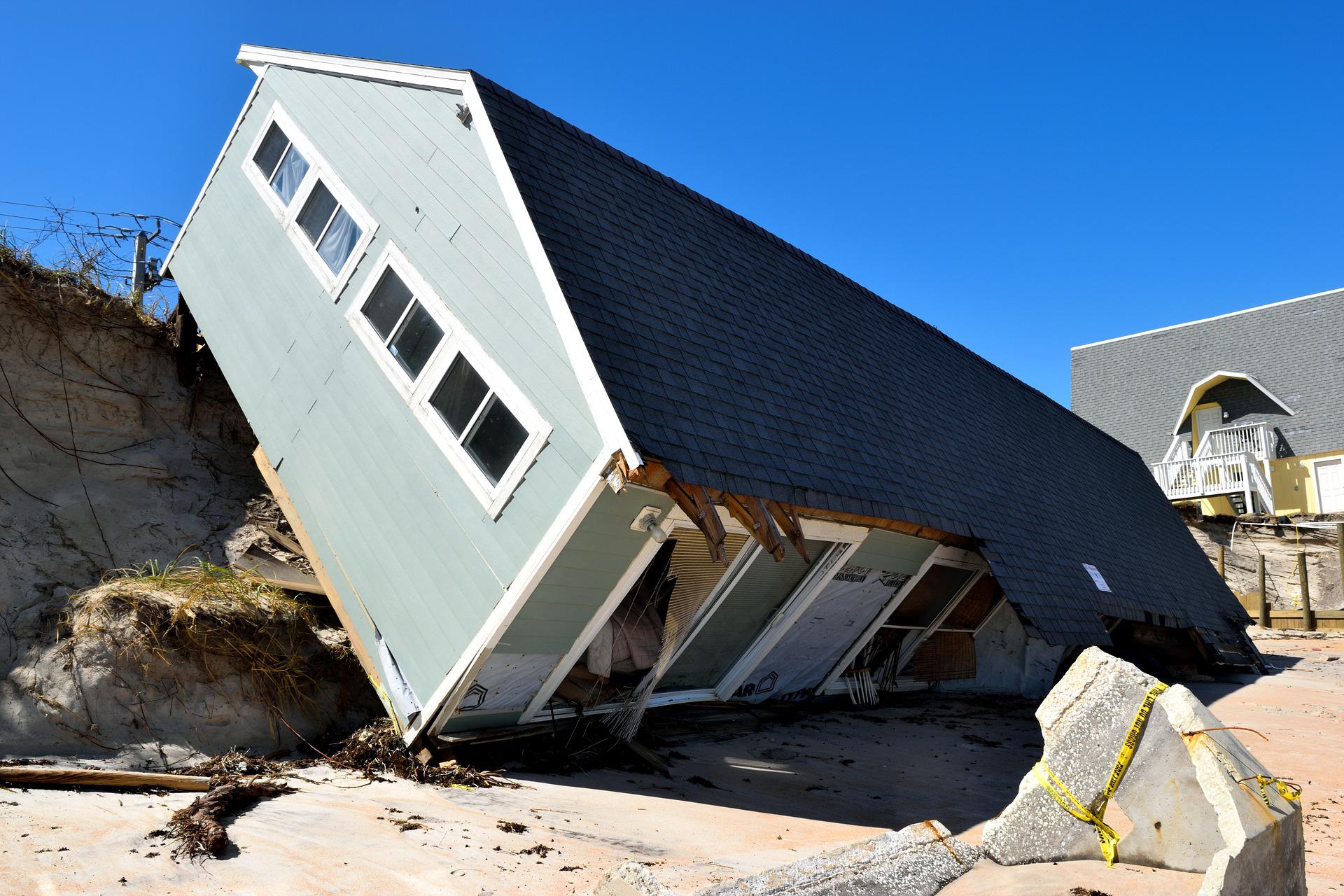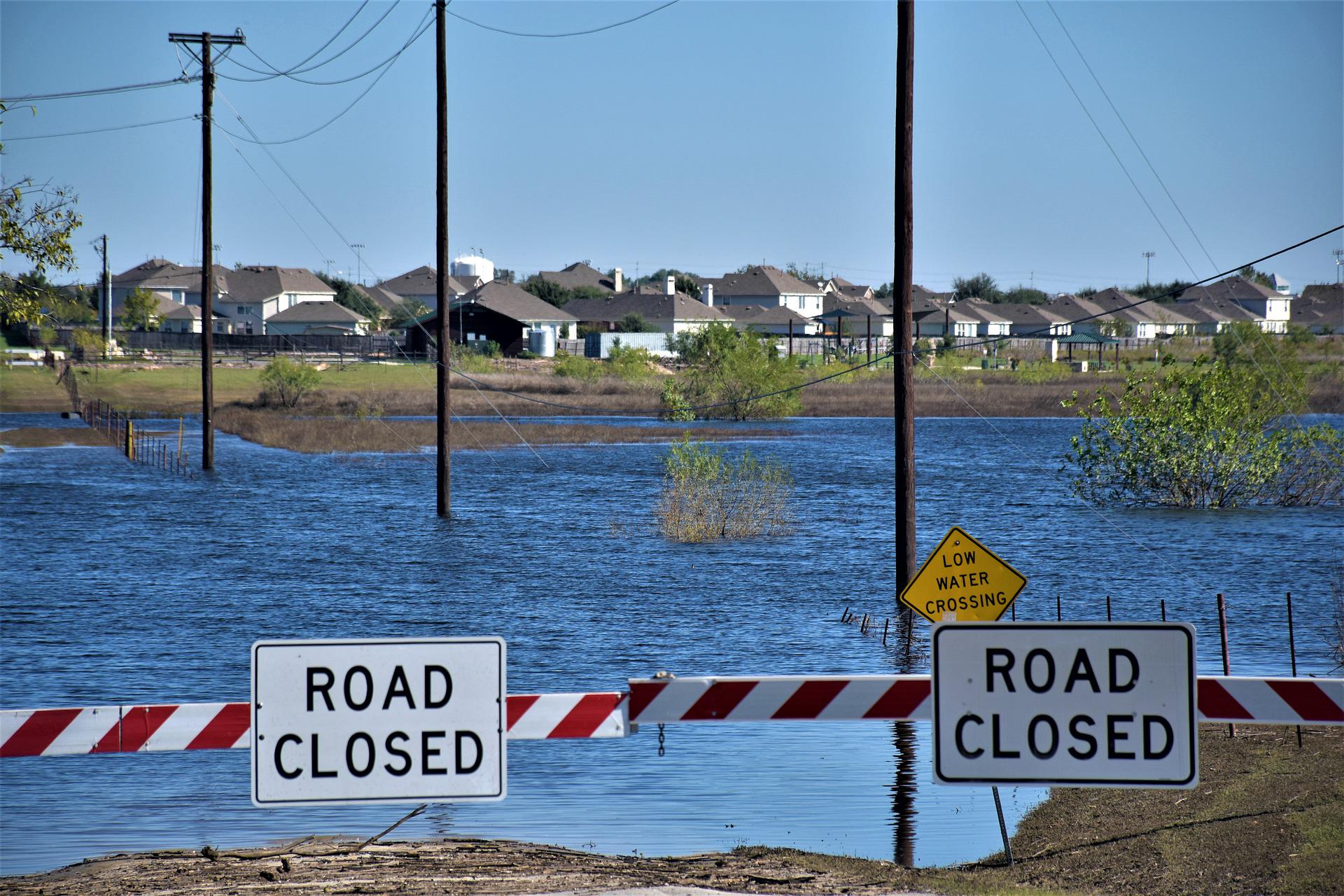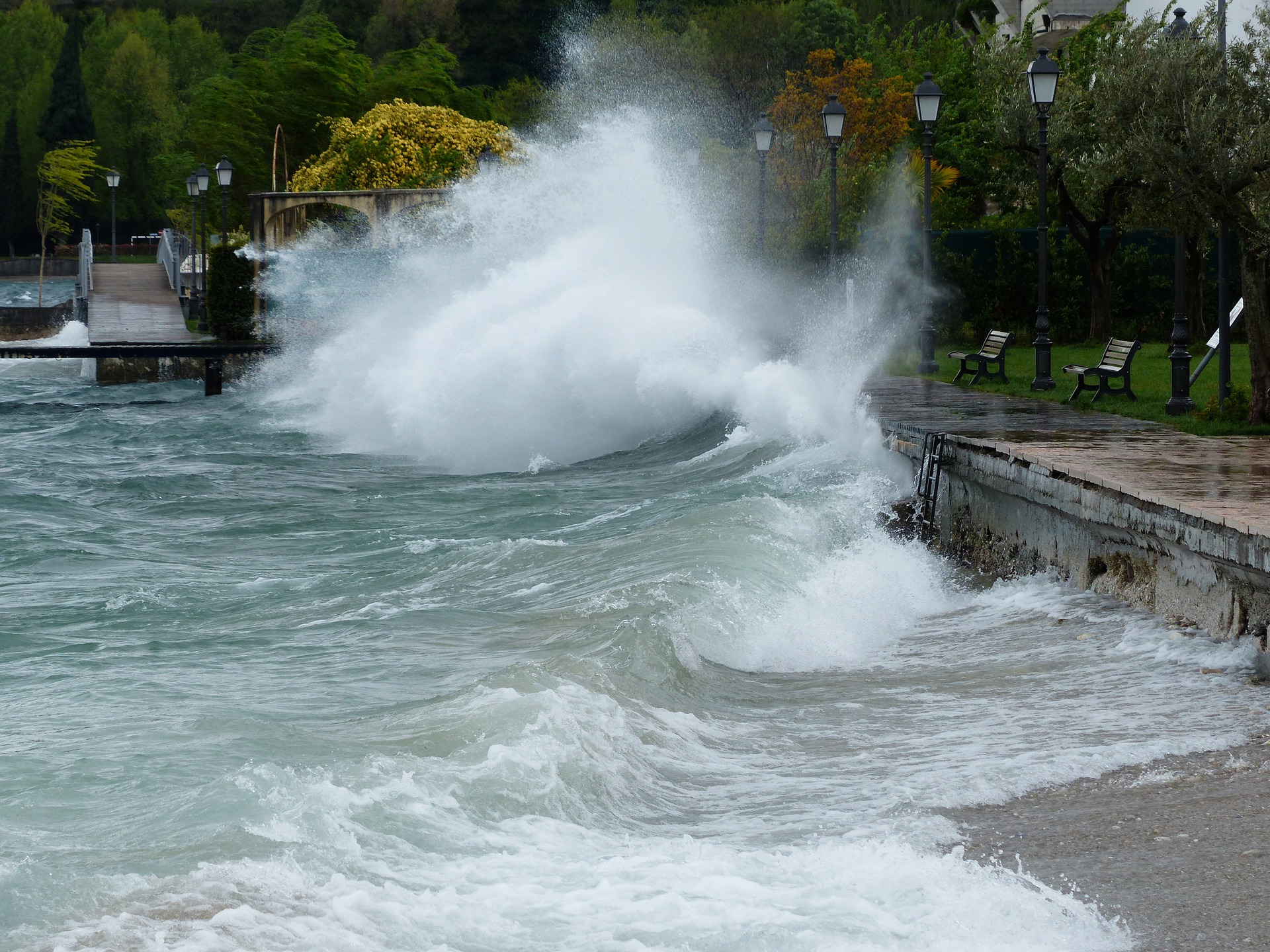
NCCOS’s recent article on its community vulnerability assessment framework, published in Natural Hazards, is also featured on PreventionWeb — a global, knowledge-sharing platform on disaster risk reduction, managed by the United Nations’ (UN) Office for Disaster Risk Reduction. The framework builds on years of NCCOS-funded research in Chesapeake Bay and Los Angeles County (and more recently, Puget Sound), complements research previously published in Environment and Planning B: Urban Analytics and City Science, and strengthens the foundation for NCCOS’s community vulnerability assessment research program.
While often used in applied management applications, integrated spatially explicit assessments of multi-faceted vulnerability and hazard less commonly appear in the scientific literature, especially those that are transferable across geographies and risk metrics. This open-access publication presents a participatory, indicator-driven, and secondary data-enabled approach to integrated climate vulnerability assessment planning to researchers and practitioners working to improve coastal community climate adaptation efforts.
Using blended approaches in stakeholder engagement, the authors present the framework’s six methodological steps as applied in Los Angeles County, California: iterative partner engagement, indicator and index development, vulnerability assessment, hazard assessment, risk assessment, and reengagement for adaptation action. The authors conclude that boundary-spanning organizations such as Sea Grant Extension programs can play a crucial role in participatory science and stakeholder needs assessments, and they emphasize the need for continued stakeholder engagement in climate science.


